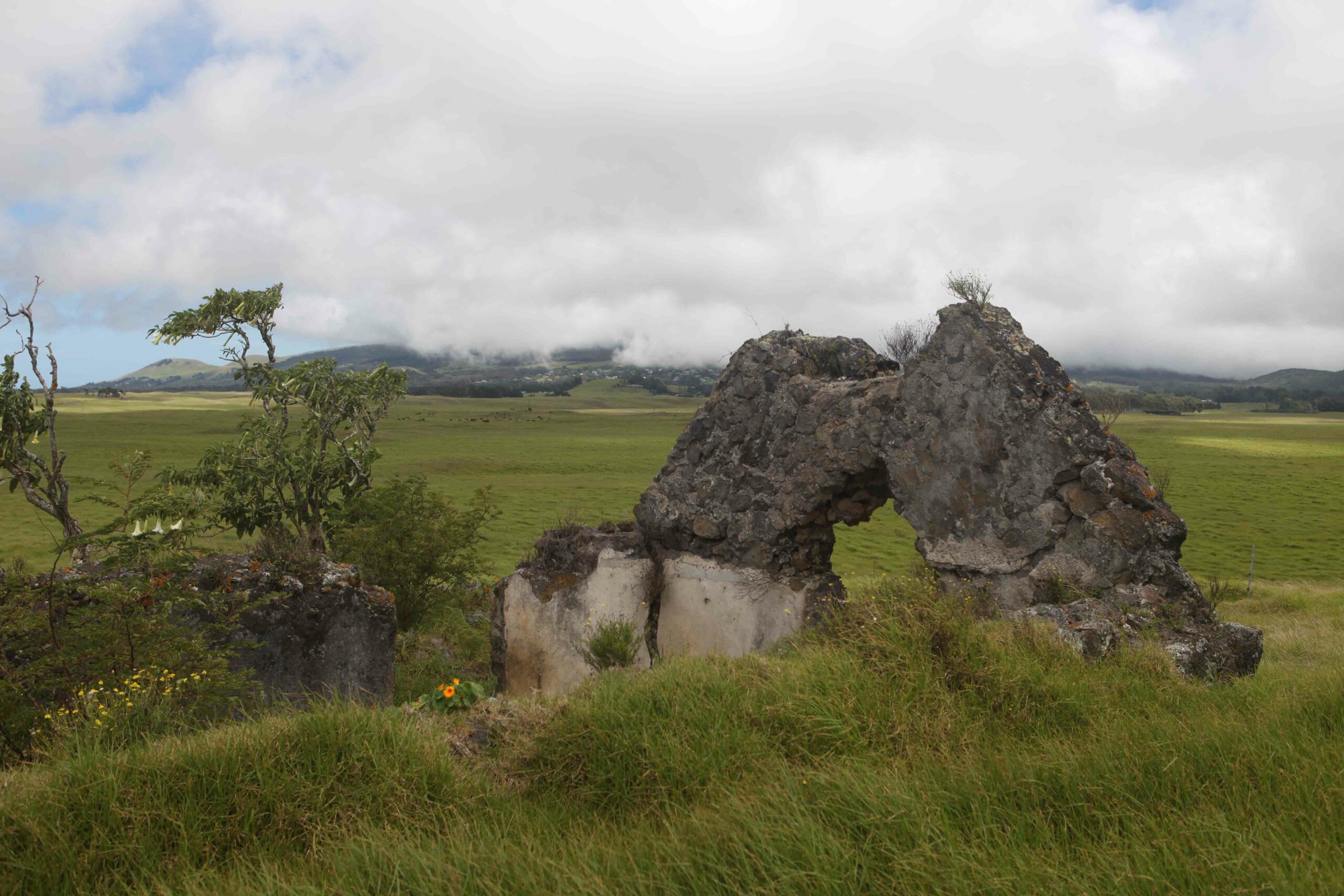
TOTTORI, JAPAN—A small image of shark has been discovered engraved on the blade of a bronze sword that was donated to the Tottori Prefectural Museum more than 25 years ago. The weapon’s blade dates to the second century B.C., but researchers do not know where it was found. Similar images of sharks have been found on pottery and wooden objects from the Yayoi Pottery Culture (300 B.C.-A.D. 300) in the region, but this is the first time that a shark has been spotted on a bronze artifact from the period. “Sharks repeatedly shed and replace their teeth. Shark meat also is rich in ammonia, which makes it difficult to go rotten. Perhaps sharks were a symbol of regeneration or longevity,” Isao Yumura of the Tottori Prefectural Archives told The Asahi Shimbun. To read about a Viking sword from Norway, go to "Artifact."











